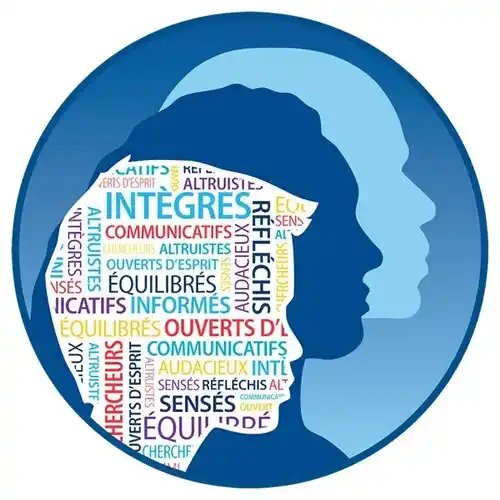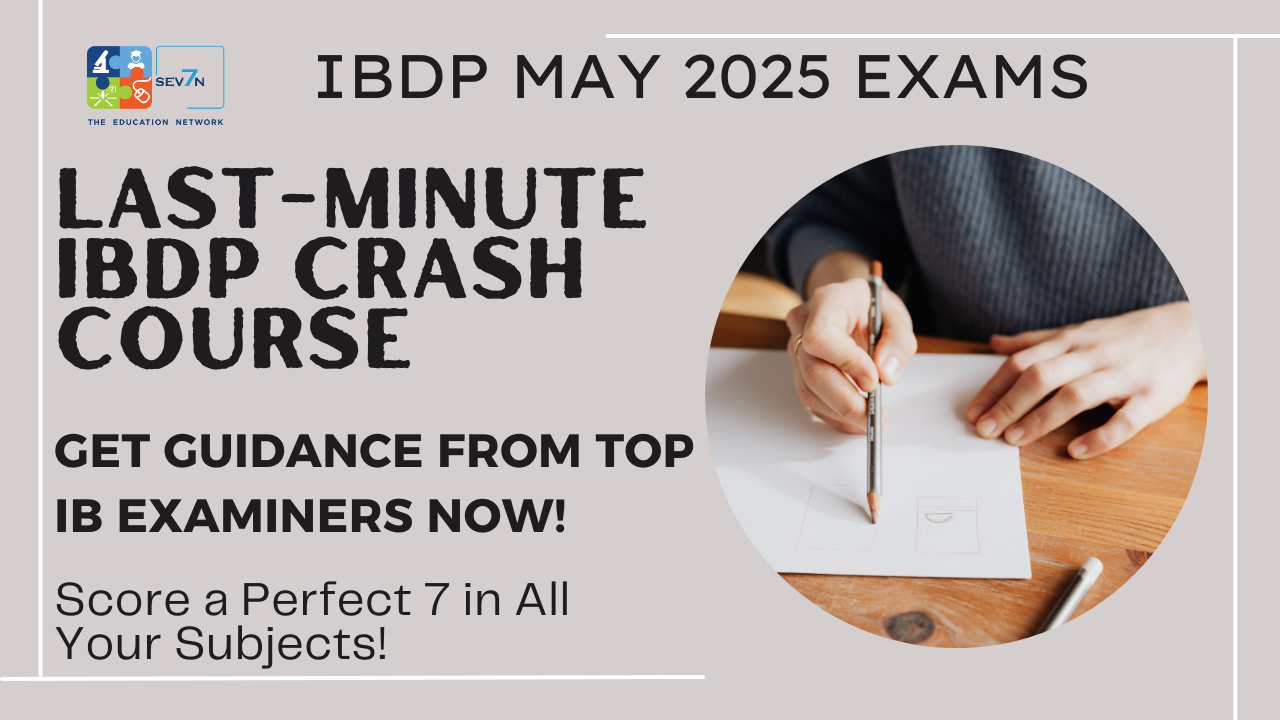TOK EXHIBITION Object 1: “The Structure of Scientific Revolutions” by Thomas S. Kuhn
- Optional Theme: Knowledge and the Knower
- Rationale: Kuhn’s seminal work introduces the concept of paradigm shifts within scientific communities, fundamentally challenging the notion of scientific progress as a linear accumulation of knowledge. The book argues that the reliability of scientific knowledge is influenced by the prevailing paradigms or conceptual frameworks within which scientists operate. These paradigms, which determine what questions are asked and how evidence is interpreted, can both enable and constrain the development of reliable knowledge. Kuhn’s analysis suggests that shifts in paradigms, while disruptive, are necessary for the advancement of science, as they allow for the overcoming of anomalies that the previous paradigms could not account for. This object underscores the impact of theoretical frameworks on the reliability of knowledge, illustrating that what is considered reliable can change with shifts in underlying assumptions and worldviews.
Immerse yourself in an interactive learning experience where TOK, ATTL, and the IB Learner Profile come to life! Subscribe today for complete access to our innovative resources and become part of a community of educators committed to fostering a dynamic and engaging learning environment.
 IB English A HL & SL Literature Support
IB English A HL & SL Literature Support
TOK EXHIBITION Object 2: A Map of the London Underground
- Optional Theme: Knowledge and Technology
- Rationale: The London Underground map, designed by Harry Beck in 1931, revolutionized the way people navigated the city’s subway system by prioritizing clarity and ease of use over geographical accuracy. This object exemplifies how the simplification and abstraction of information, while enhancing usability, can also impact the reliability of knowledge by omitting or distorting certain features of reality. Beck’s design highlights the trade-offs between accuracy and utility in the production of knowledge, with the map’s reliability being contingent upon the specific purposes it serves. The map’s evolution over time also reflects ongoing efforts to balance these considerations, adapting to changes in the underground network and the needs of its users. This object prompts reflection on how technological and design choices influence the reliability of knowledge, particularly in terms of how information is represented and understood.
✍️ Score High in TOK Essays with Expert Guidance
TOK EXHIBITION Object 3: A Fact-Checking Website’s Methodology Page
- Optional Theme: Knowledge and Language
- Rationale: The methodology page of a reputable fact-checking website, such as Snopes or FactCheck.org, provides insight into the processes and criteria used to evaluate the veracity of claims, highlighting the role of rigorous analysis and evidence in establishing the reliability of knowledge. This object demonstrates that the reliability of knowledge, especially in the context of public discourse and media, is heavily influenced by the methods employed to verify information, including source evaluation, cross-referencing, and the application of logical analysis. The transparency and thoroughness of these methodologies are crucial in distinguishing reliable knowledge from misinformation, underscoring the importance of critical thinking and evaluative skills in the assessment of knowledge claims. This object invites consideration of how language and communication practices, including the presentation of evidence and argumentation, are fundamental to the construction and appraisal of reliable knowledge.
 Connect with IB Graduates Turned Tutors!
Connect with IB Graduates Turned Tutors!
TOK EXHIBITION Object 4: Blockchain Ledger Technology Documentation
- Optional Theme: Knowledge and Technology
- Rationale: Documentation explaining the workings of blockchain technology, which underpins cryptocurrencies like Bitcoin, offers a clear example of how decentralization and cryptographic security contribute to the reliability of knowledge. By ensuring that transactions are transparently verified by a network of users without the need for a central authority, blockchain technology demonstrates a feature of knowledge production that significantly impacts its reliability: the distributed consensus mechanism. This method of validation, where multiple independent verifications are required to confirm the authenticity of information, illustrates how technological design can enhance the reliability of knowledge by reducing the potential for tampering and ensuring the integrity of the data. The blockchain ledger’s resistance to modification makes it a powerful tool for establishing trust in digital transactions, underscoring the importance of system architecture in the production of reliable knowledge.
🎓 100% IB Curriculum-Focused Lessons
TOK EXHIBITION Object 5: A Peer-Reviewed Climate Change Research Paper
- Optional Theme: Knowledge and the Natural Sciences
- Rationale: A peer-reviewed research paper on climate change serves as a testament to the scientific community’s commitment to accuracy, rigor, and the collective scrutiny of research findings. The peer review process itself is a critical feature that impacts the reliability of knowledge within the natural sciences, as it subjects researchers’ work to evaluation by other experts in the field. This process helps to ensure that the methods used are sound, the data are interpreted correctly, and the conclusions drawn are justified based on the evidence presented. By facilitating a critical appraisal of research before it is published, peer review acts as a gatekeeper for scientific knowledge, aiming to filter out unsubstantiated claims and inaccurate conclusions. This object exemplifies how the institutional practices of science, particularly the mechanisms of peer review and replication studies, are designed to build a body of knowledge that is as reliable as possible, highlighting the role of community validation in the production of scientific knowledge.






